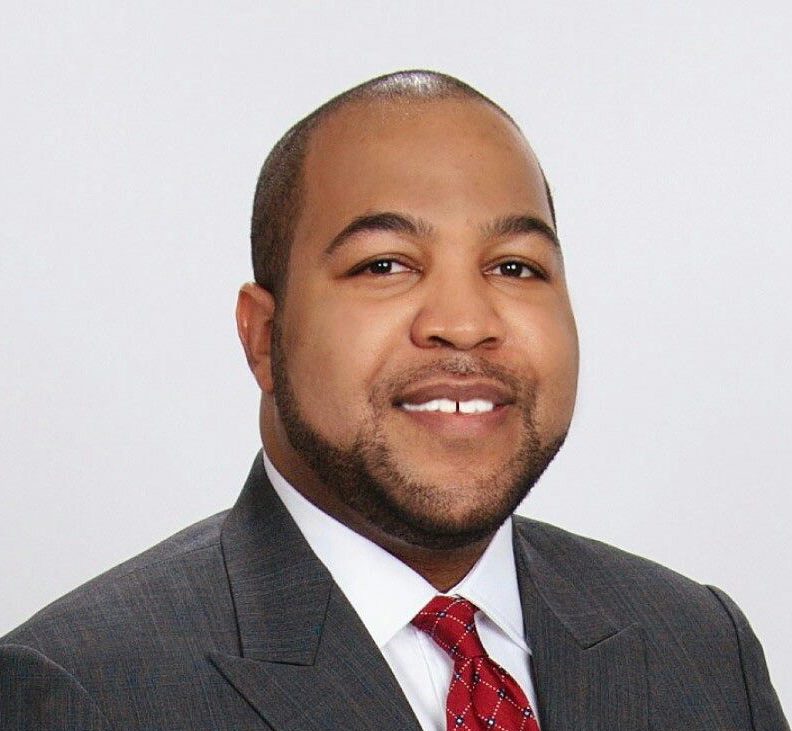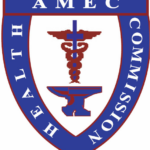Voting in Context
Disclaimer: This Editorial was written before the results of the November General Election in the United States.
The November 8, 2016 United States General Election will go down in history as one of the most contentious electoral contests of its 240-year history. Traditional political decorum was thrown aside as the Republican nominee Donald J. Trump openly assaulted the sensibilities of the American public through condemning Muslims, threatening mass deportations of immigrants, and even threatening to put Democratic nominee Secretary Hillary R. Clinton in jail. With all of his brashness and bluster, Donald Trump’s national support never dipped under 40% once he became the official Republican nominee and is projected to win at least 200 Electoral Votes.
In this political climate, African-Americans have been encouraged to vote. From the NAACP to Black Greek-Lettered Organizations (BGLOs) to President Barack Obama, a clarion call has arisen for Black people to use their franchise—or else. In this TCR issue, pieces from a variety of authors have intoned the importance of voting. We are reminded of the bodies and blood shed for African-Americans to be allowed to fully participate in the American political system.
At some point on November 8 or 9, there will be a president-elect and vice-president elect. There will be new United States senators and representatives and state governors. There will be new propositions approved in different states. While voting is important, there are deep issues affecting the African-American community stemming from a legacy of institutional racism that one ballot (or 28 million) will not be able to fix. In Black Stats, Monique Morris gives a comprehensive rundown of the African-American community using statistics sourced from a variety of government reports and academic studies. Here are a few choice numbers:
- Black Americans earn 11% of bachelor’s degrees while White Americans earn 73 percent of these degrees.
- Forty-six percent of Black students are educated in schools that fail to meet the Adequate Yearly Progress requirements (academic standards established by the No Child Left Behind Act of 2001).
- Black people have the highest infant mortality rate in the United States—13%.
- Thirteen percent of African Americans have been diagnosed with diabetes. Black adults are twice as likely as White adults to have been diagnosed with diabetes.
- Most of the nation’s worst food deserts are disproportionately located in cities with a high percentage of Black Americans (New Orleans, Chicago, Atlanta are among the top three).
- Black motorists are nearly twice as likely to be arrested and nearly three times as likely as White motorists to experience force during interactions with law enforcement.
- Thirty-six percent of Black people report having “very little to no” confidence in the criminal justice system, compared with 30% of Whites and 21% of Latinos who feel the same.
- Black people are 14% of the total US population but account for 38% of all inmates in local jails nationwide.
- According to the US Census, almost 10.9 million African Americans, or 28%, live at or below the poverty line, compared with 25% of Latinos and approximately 10% of White Americans.
Elections are easy to focus on because they are discreet moments in time with a defined beginning and end. However, the problems facing African-Americans cannot and will not be solved overnight by whoever occupies the White House on January 21, 2017. Not voting, however, means that we allow decisions and policies to be implemented by persons who may not be as sympathetic to our community as we would wish.





